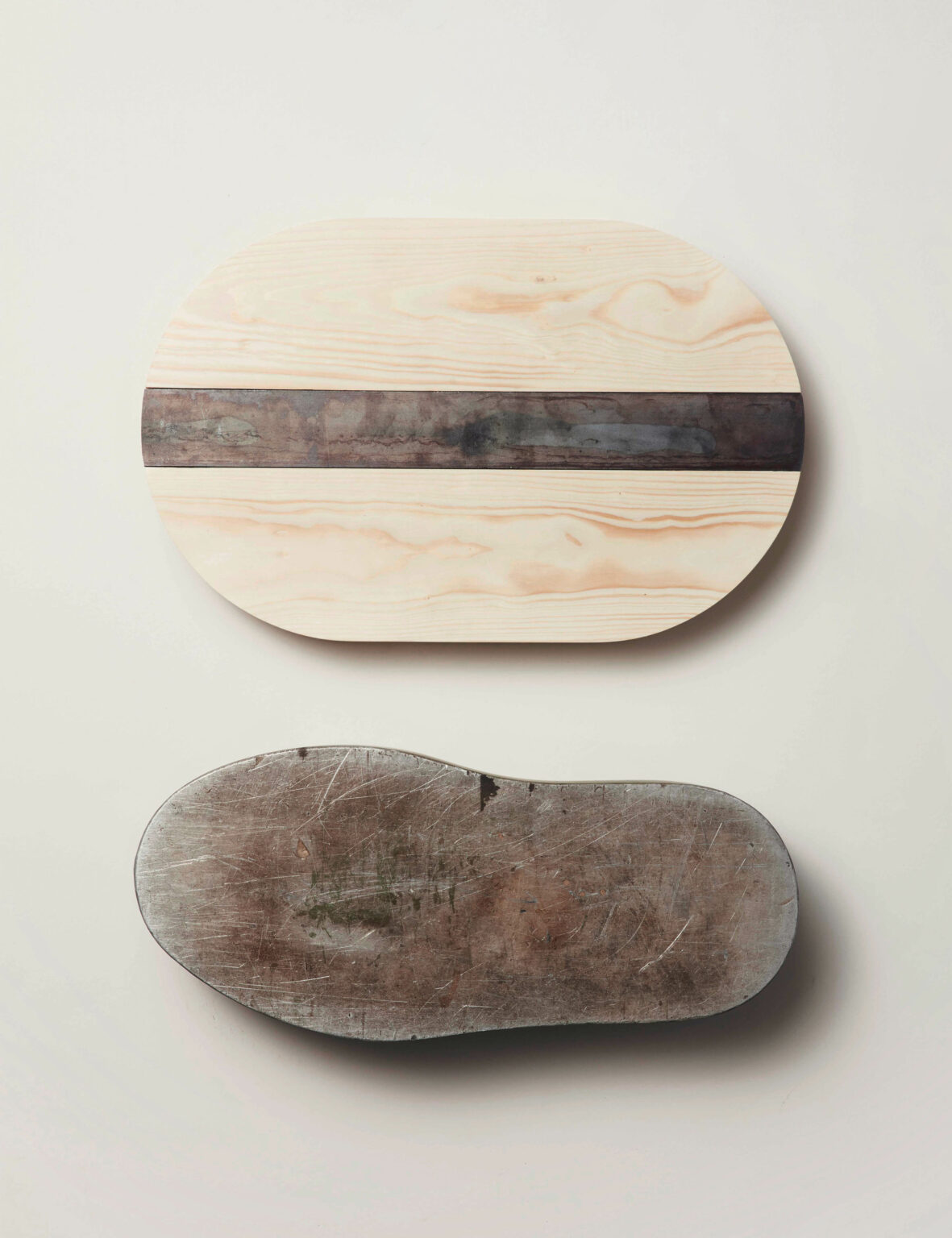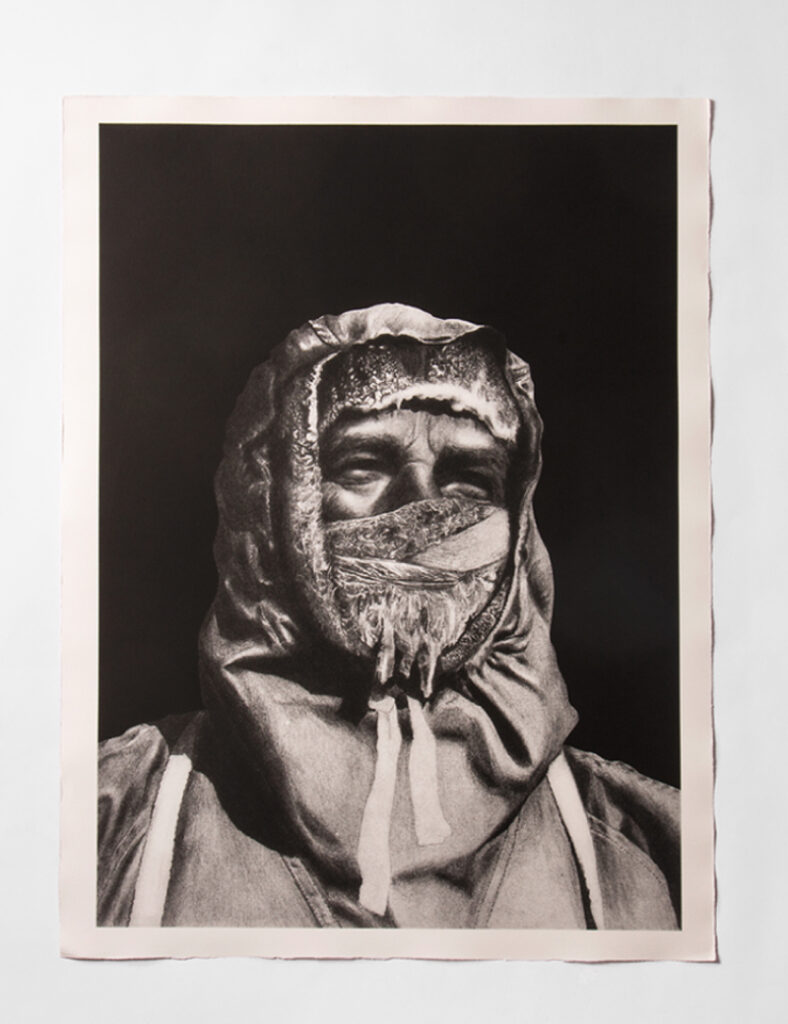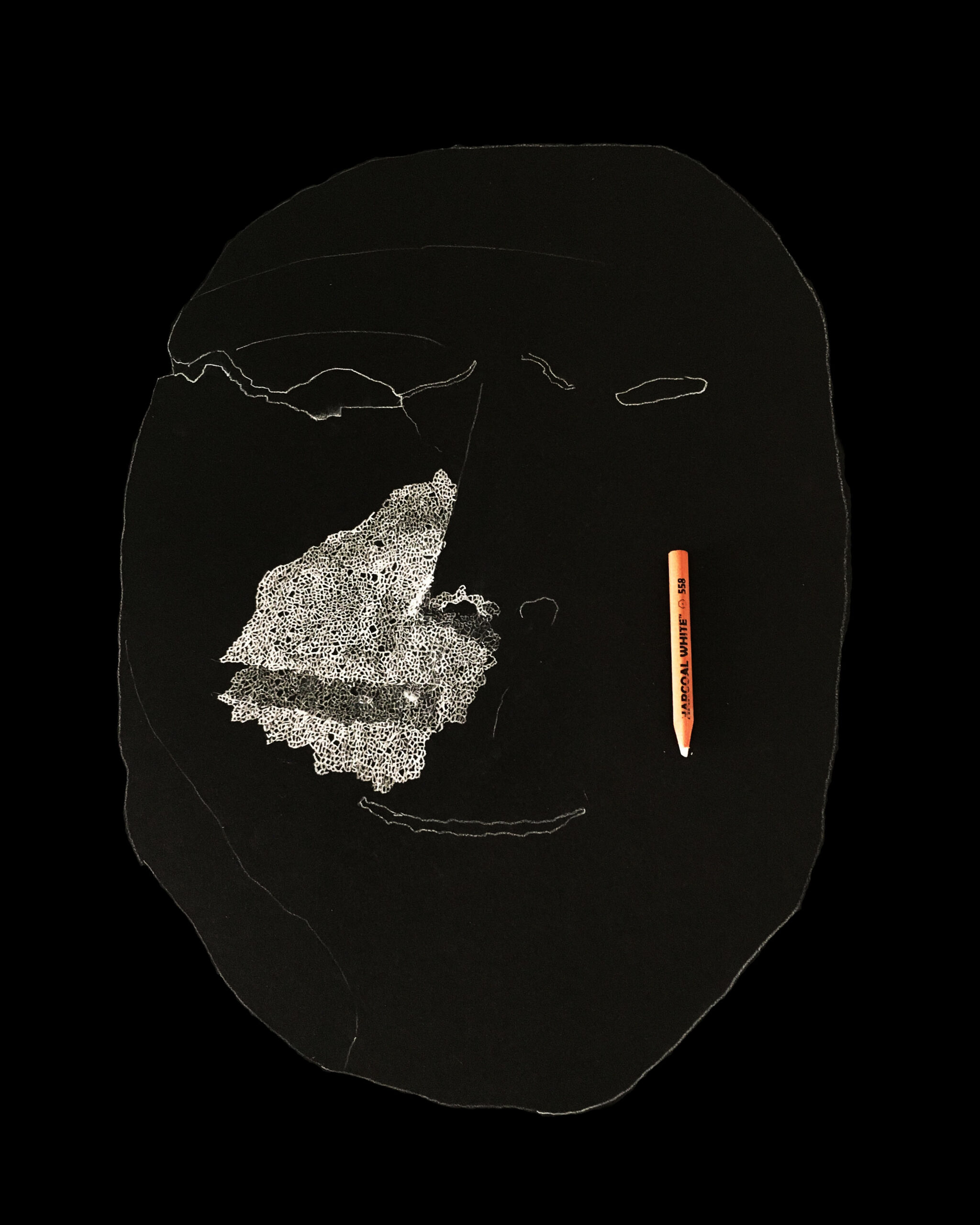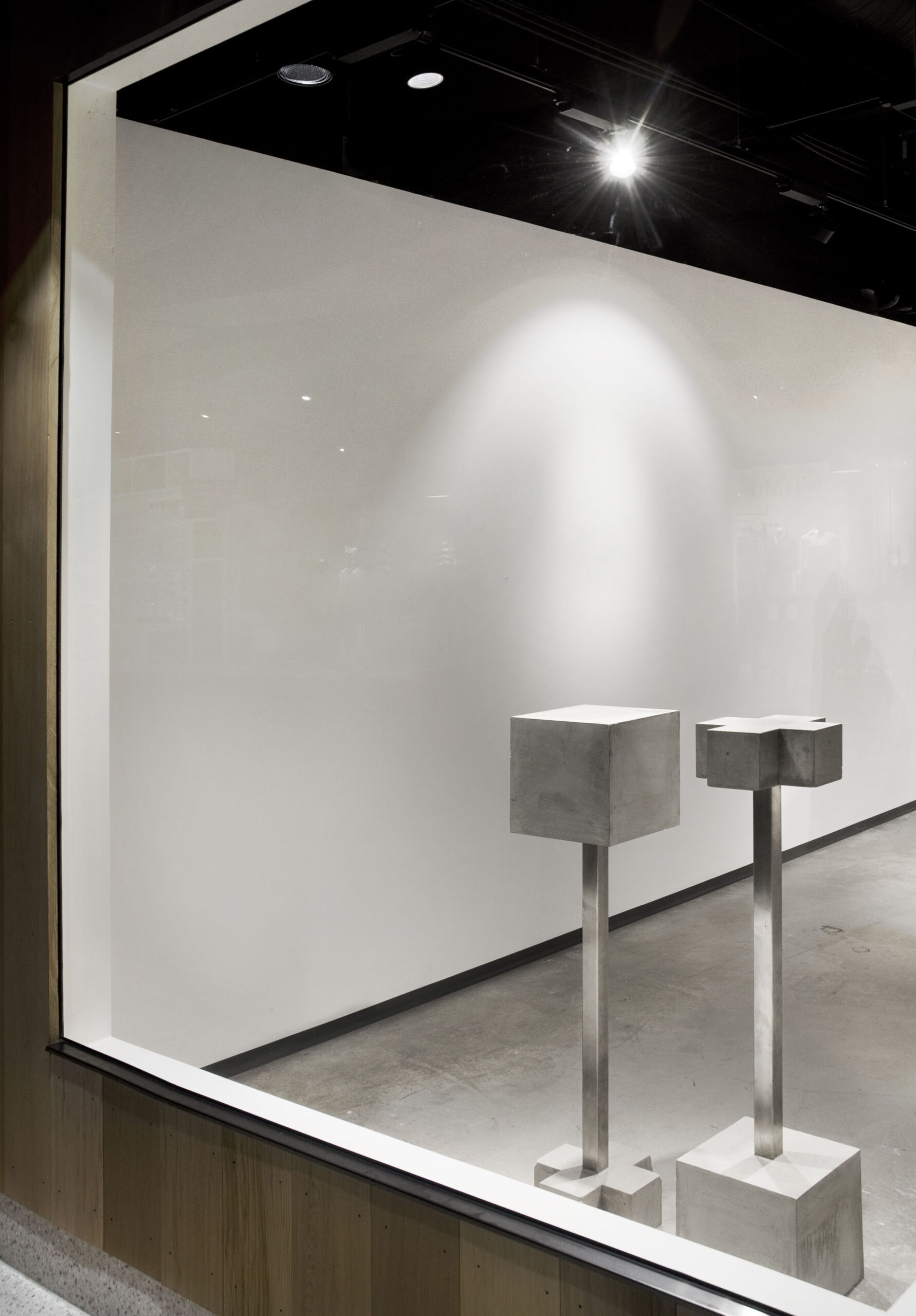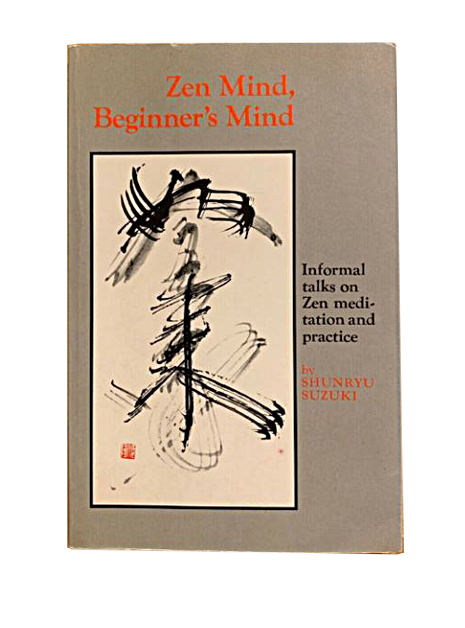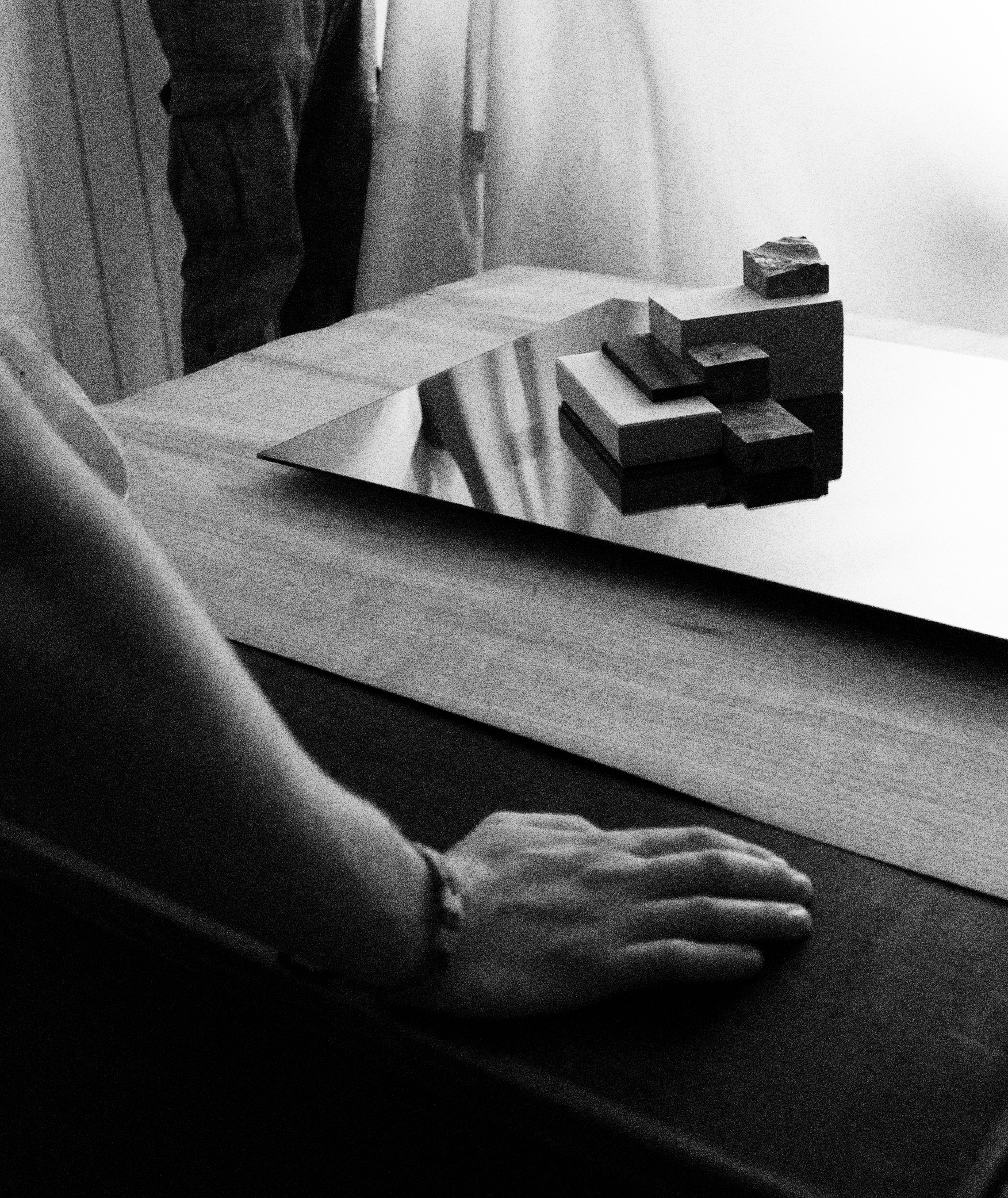© Haavard Holmaas
Masfjordnes, Vestland.
2020
- Practise
“Few fields are more obsessed with the idea of authenticity than the creative professions. There is a deliberate pursuit of authenticity – an attempt to recreate it, or somehow systematically harvest its force. Thus the race begins to manufacture this elusive energy for maximum output, often with monetary gains in mind.
Yet true authenticity, like most of the deeper workings of the universe, can not be commodified or contrived without a substantial loss of life energy in the process. In its most potent form, it is unadulterated, already there.”
- About
